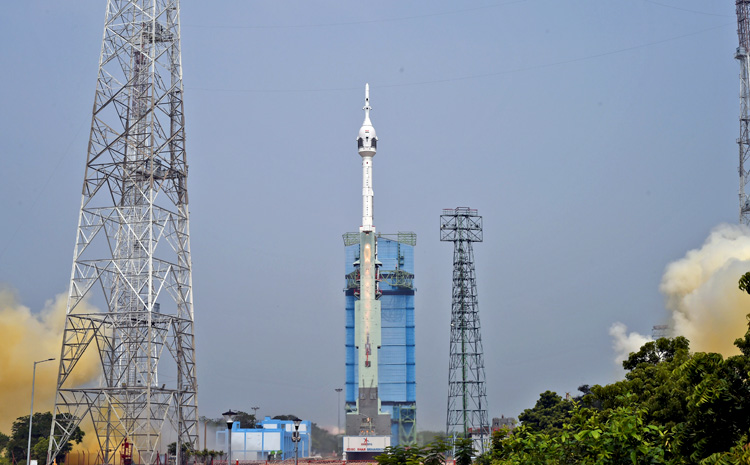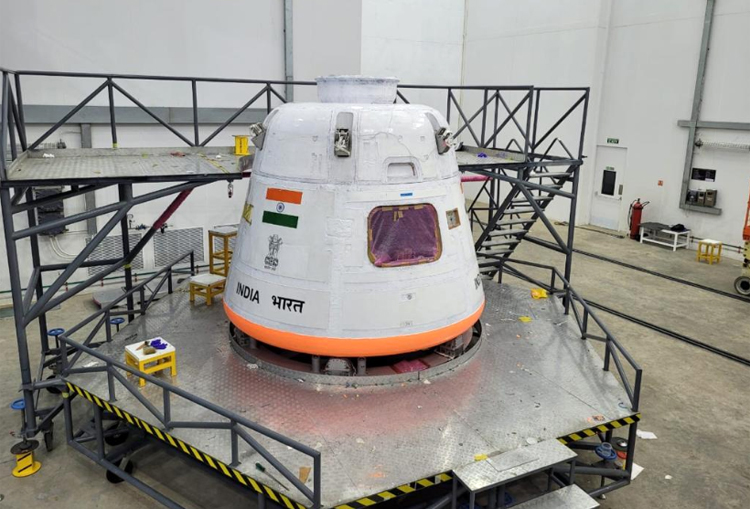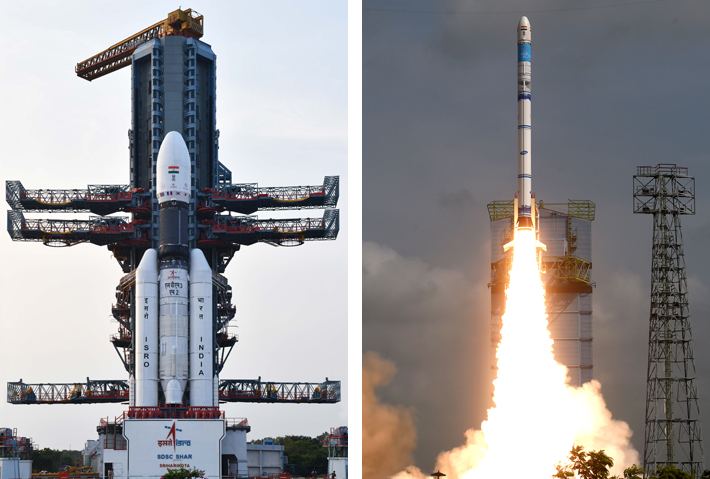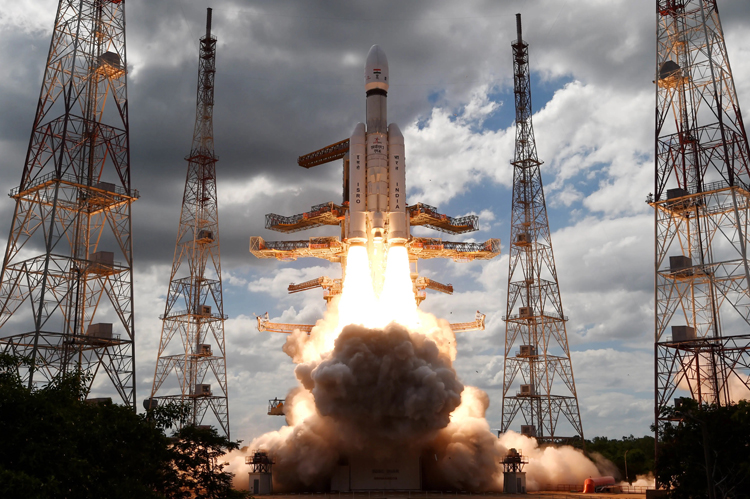INDIAN ARMED FORCES CHIEFS ON OUR RELENTLESS AND FOCUSED PUBLISHING EFFORTS

The insightful articles, inspiring narrations and analytical perspectives presented by the Editorial Team, establish an alluring connect with the reader. My compliments and best wishes to SP Guide Publications.

"Over the past 60 years, the growth of SP Guide Publications has mirrored the rising stature of Indian Navy. Its well-researched and informative magazines on Defence and Aerospace sector have served to shape an educated opinion of our military personnel, policy makers and the public alike. I wish SP's Publication team continued success, fair winds and following seas in all future endeavour!"

Since, its inception in 1964, SP Guide Publications has consistently demonstrated commitment to high-quality journalism in the aerospace and defence sectors, earning a well-deserved reputation as Asia's largest media house in this domain. I wish SP Guide Publications continued success in its pursuit of excellence.
Major Space Projects Green-Lighted
These major space initiatives mark significant strides in India's space exploration, pushing the boundaries of planetary science and human spaceflight capabilities
 |
The Author is Former Director General of Information Systems and A Special Forces Veteran, Indian Army |

On September 18, 2024, the Union Cabinet, headed by Prime Minister Narendra Modi, approved four major space initiatives by the Indian Space Research Organisation (ISRO), clearing funds exceeding ₹22,750 crore for their development. The approved projects include India's fourth lunar mission, Chandrayaan-4, the Venus Orbiter Mission (VOM), the first unit of India's indigenous space station named the Bhartiya Antriksh Station (BAS), and the development of the Next Generation Launch Vehicle (NGLV), Soorya.
The Next Generation Launch Vehicle (NGLV), with a project cost of ₹8,240 crore, aims to enable an Indian crewed Moon landing by 2040 and support high payload, cost-effective, and reusable space missions
The development of a NGLV with a project cost of ₹8,240 crore is for developing the capability for an Indian crewed landing on the Moon by 2040. ISRO will develop the NGLV to support a high payload that will be cost-effective, reusable, and commercially viable. The ₹8,240 crore will include the development costs, three developmental flights, essential facility establishment, programme management and launch campaign.

According to the government, the NGLV will have:
- Three times the present payload capability with 1.5 times the cost compared to LVM-3;
- It will be reusable, resulting in low-cost access to space;
- Modular green propulsion systems;
- Maximal participation from the Indian industry, which is also expected to invest in the manufacturing capacity at the outset itself, thereby allowing a seamless transition to the operational phase subsequent to the development;
- The NGLV will be demonstrated with three development flights (D1, D2 and D3) with a target of 96 months (8 years) for the completion of the development phase.
The NGLV will enable national and commercial missions, including the launch of human spaceflight missions to Bhartiya Antriksh Station, lunar/inter-planetary exploration missions along with communication and earth observation satellite constellations to Low Earth Orbit that will benefit the entire space ecosystem in the country. The goals of the Indian space programme require a new generation of human-rated launch vehicles with high payload capability and reusability.
The Bhartiya Antriksh Station (BAS) project extends ISRO's Gaganyaan Programme and aims to build India's first indigenous space station, with eight missions planned by December 2028
India has already achieved self-reliance in space transportation systems to launch satellites up to 10 tonnes to Low Earth Orbit (LEO) and 4 tonnes to Geo-Synchronous Transfer Orbit (GTO) through the currently operational PSLV, GSLV, LVM3 and SSLV launch vehicles. The NGLV will have a maximum payload capability of 30 tonnes to LEO, which also has a reusable first stage.

The approval for the building of first unit of the 'Bhartiya Antriksh Station' (BAS-1) is by extending the scope of the 'Gaganyaan' programme to undertake missions for demonstrating and validating various technologies for building and operating BAS. The Gaganyaan Programme approved in December 2018 envisaged undertaking the human spaceflight to LEO and to lay the foundation of technologies needed for an Indian human space exploration programme in the long run.
ISRO's Venus Orbiter Mission (Shukrayaan) is approved at a cost of ₹1,236 crore and aims to expand ISRO's planetary science programme by exploring Venus
The revised Gaganyaan Programme is to include the scope of development and precursor missions for BAS, and factoring one additional uncrewed mission and additional hardware requirement for the developments of ongoing Gaganyaan Programme. Now the human spaceflight programme of technology development and demonstration is through eight missions to be completed by December 2028 by launching the first unit of BAS-1.

With a net additional funding of ₹11,170 crore in the already approved Gaganyaan programme, the total funding for Gaganyaan Programme with the revised scope has been enhanced to ₹20,193 crore. This programme will provide a unique opportunity, especially for the youth of the country to take up careers in the field of science and technology as well as pursue opportunities in microgravity based scientific research & technology development activities. The resulting innovations and technological spin-offs will be benefitting the society at large.
The Chandrayaan-4 mission, slated for 2027 with a budget of ₹2,104.06 crore, will focus on retrieving lunar surface samples and introduce advanced technologies like lunar docking and precision landing

On September 20, 2024, ISRO Chairman S. Somanath told reporters that ISRO will take all precautions by carrying out sufficient number of tests before the manned Gaganyaan mission is launched. He said ISRO does not want a situation like that of the Boeing Starliner spacecraft, which recently returned to Earth without the astronauts. He further said that the first uncrewed Gaganyaan mission will be launched by the end of this year, followed by three more missions before the manned space flight. He added that the launch of the first uncrewed mission will most likely take place by December and that the rocket has already reached ISRO's spaceport in Sriharikota where final integration will take place.
The Venus Orbiter Mission (VOM), called 'Shukrayaan', is approved at a cost pf ₹1,236 crore. Venus is the closest planet to the Earth, and is believed to have formed under similar conditions as Earth. VOM expands the scope of ISRO's planetary science programme to a third celestial body in the Solar System, after the Moon and Mars. Venus, Earth and Mars are all terrestrial or rocky planets, with very different atmospheric conditions. The environmental conditions on Venus are toxic to life. The mission is also expected to give a boost to the planetary science programme of ISRO, which can support larger payloads in the future, especially after the development of the NGLV. ISRO will be collaborating closely with academic and private industry partners for the mission.
The Gaganyaan Programme, with total funding enhanced to ₹20,193 crore, aims to carry out multiple missions, providing significant opportunities for youth to pursue science and technology careers
The Chandrayaan-4 mission with a budget of ₹2,104.06 crore will build on Chandrayaan-3, which made India the first country to land a probe on the lunar south pole. The Chandrayaan-4 mission, slated for launch in 2027, will aim to retrieve samples from the lunar surface. It will introduce new technologies such as lunar docking, precision landing, sample collection, and a safe return to Earth.





